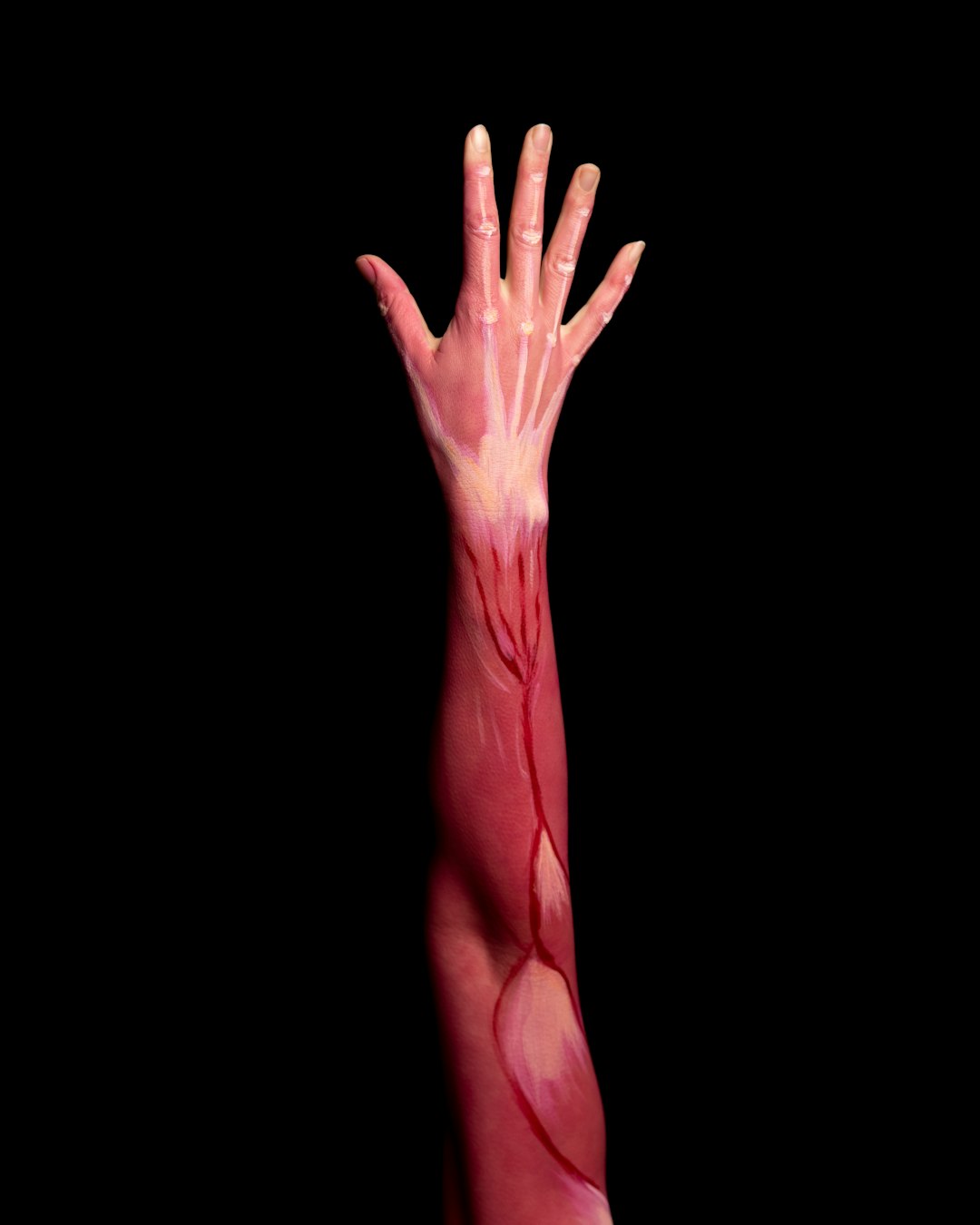The science behind muscle soreness: what it really means
Have you ever experienced muscle soreness after a tough workout? If so, you're not alone. Muscle soreness is a common phenomenon that many people experience after engaging in physical activity. In this blog post, we will explore the basic science behind muscle soreness and what it really means for your body.
What is muscle soreness?
Muscle soreness, also known as delayed onset muscle soreness (DOMS), is the pain and stiffness that occurs in muscles several hours or days after intense or unfamiliar exercise. It is most commonly felt when starting a new exercise program, increasing the intensity of your workouts, or trying new activities that your body is not accustomed to.

What causes muscle soreness?
The exact cause of muscle soreness is still not fully understood, but researchers believe it is primarily due to microscopic damage to muscle fibers and connective tissues during exercise. This damage triggers an inflammatory response in the body, leading to pain and discomfort.
Additionally, the buildup of lactic acid in the muscles during exercise was once thought to be the main cause of muscle soreness. However, recent studies have shown that lactic acid is actually cleared from the muscles relatively quickly and does not contribute significantly to post-workout soreness.

How long does muscle soreness last?
The duration of muscle soreness can vary from person to person and depends on various factors such as the intensity of the exercise, your fitness level, and how well you recover. Generally, muscle soreness can last anywhere from a couple of days to a week.
Is muscle soreness a sign of progress?
Yes and no (helpful ey?), muscle soreness can be an indication that you have challenged your muscles and pushed them beyond their usual limits. When you engage in activities that your muscles are not accustomed to, they experience micro-tears and inflammation, which is a normal part of the muscle-building process.
However, it's important to note that muscle soreness alone is not a definitive measure of the effectiveness of your workout. It's possible to have a great workout without experiencing much soreness, especially as your body becomes more accustomed to regular exercise.

How can you alleviate muscle soreness?
While muscle soreness cannot be completely avoided, there are several strategies you can use to alleviate the discomfort:
- Rest and recovery: Give your muscles time to repair and rebuild by incorporating rest days into your workout routine.
- Stretching and foam rolling: Gentle stretching and foam rolling can help improve blood flow to the muscles and relieve tightness.
- Applying heat or cold: Alternating between heat and cold therapy can help reduce inflammation and soothe sore muscle tendons (repetitive injury)
- Proper nutrition: Fueling your body with a balanced diet that includes protein, carbohydrates, and healthy fats can aid in muscle recovery. Protein, protein, protein! (Did I mention, increase your protein?!)
When should you be concerned?
In most cases, muscle soreness is a normal response to exercise and should subside within a few days. However, there are instances when you should seek medical attention:
- If the pain is severe and debilitating, preventing you from performing daily activities.
- If the pain persists for more than a week without any signs of improvement.
- If you experience swelling, redness, or warmth in the affected area.
Remember, it's always important to listen to your body and consult a healthcare professional if you have any concerns.

Conclusion
Muscle soreness is a natural response to exercise and indicates that your muscles received a heightened level of stimulus during training. While it may be uncomfortable, it is a normal part of the muscle-building process. By understanding the science behind muscle soreness and implementing proper recovery strategies, you can minimize discomfort and continue progressing towards your fitness goals.
